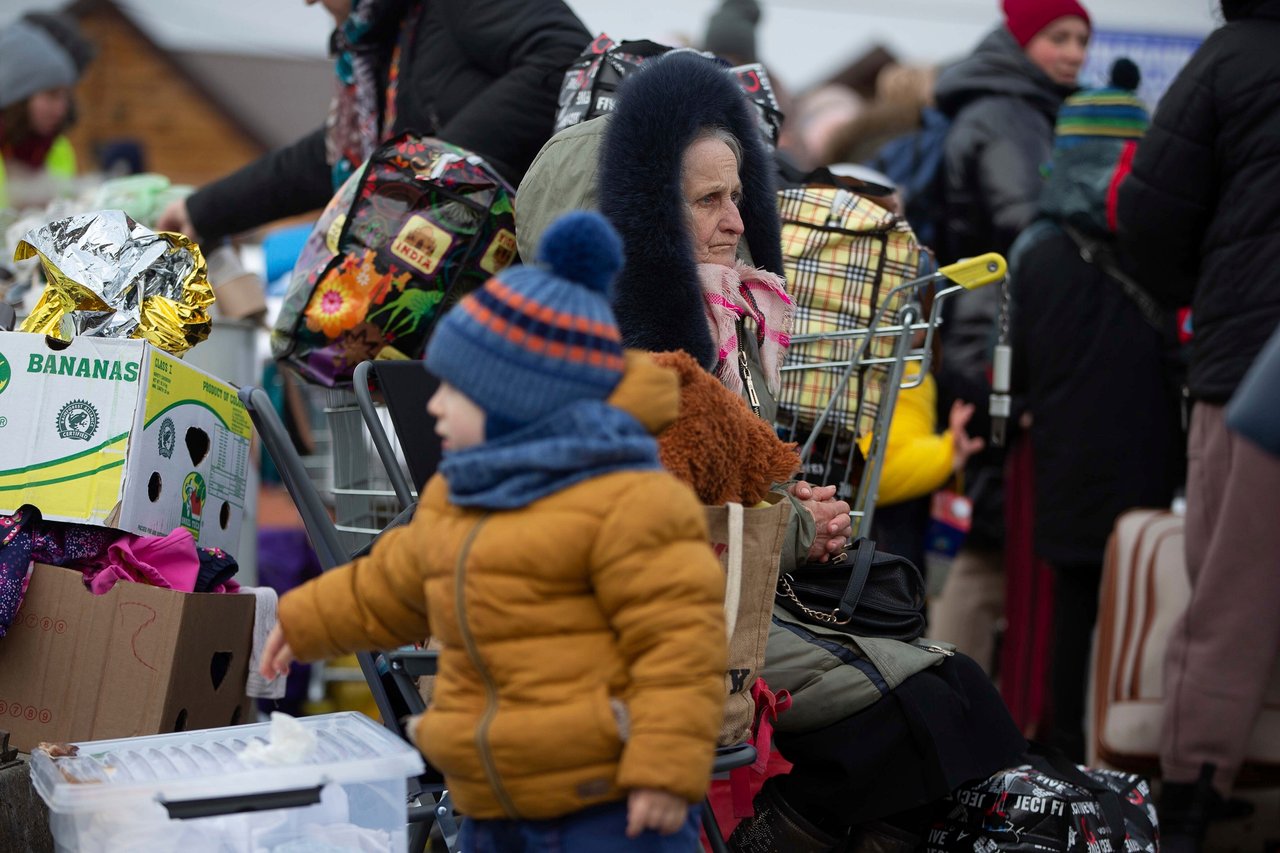(CN) — Hopes to evacuate large numbers of civilians in Ukrainian cities under siege from Russian forces were smashed on Tuesday after both sides accused each other of violating a ceasefire and fighting and bombing continued to rage across eastern and southern Ukraine.
Tuesday started with Russia and Ukraine seeming to agree on opening up humanitarian corridors out of several devastated cities but by the afternoon Ukraine accused Russian troops of violating the ceasefire and shelling an evacuation route out of the desperate city of Mariupol, where some 200,000 civilians are trapped.
Also in the afternoon, in a major escalation on the economic front, U.S. President Joe Biden announced a ban on Russian oil, gas and coal imports, a move that rattled oil markets further and pushed up the price of energy even higher.
The economic fallout of the war between Ukraine and Russia may push the world into a global recession that could cause even more unrest around a world already on its knees due to the coronavirus pandemic.
Groups of civilians were evacuated from Sumy, Irpin and other besieged Ukrainian towns and cities on Tuesday before the ceasefire broke down.
This was the second time the evacuation of Mariupol faltered, though some civilians have managed to flee the city via a route that leads to Russia-controlled territory. Russia media spoke to civilians charging Ukrainian forces were not letting people leave Mariupol.
Fighting is especially intense in and around Mariupol, a southern port city surrounded by Russian and pro-Russian forces. Russia accuses hardcore Ukrainian soldiers with the Azov Battalion of not letting civilians leave the besieged city, which is deemed crucial in Russian efforts to connect Crimea, a peninsula annexed by Russia in 2014, with parts of eastern Ukraine under Russian control.
Russia came under fresh accusations of killing civilians and inflicting catastrophic damage on Ukrainian cities. Russia accuses Ukrainian forces of attacking from residential areas and using civilians as “human shields.”
On Tuesday, Ukraine accused Russian troops of killing three orphanage teachers and wounding two others after striking a minibus in the region of Mykolayiv, an area near the southern port city of Odessa, which Russia is trying to seize. News media also showed horrifying video of what was described as a Russian armored vehicle firing at a civilian car and incinerating an elderly couple inside.

For as horrific as Russia’s assault on Ukraine has been, some military experts say Russian military strategists may have made a miscalculation by actually being “too soft” at the opening stages of the invasion and choosing not to bomb Ukrainian military barracks and unleashing Russia’s catastrophic artillery might against Ukraine. Russia, some experts say, may not have wanted to cause massive deaths in the hope of not turning Ukrainian sentiment against Russia.
Western and Ukrainian analysts suggest an increasingly isolated, irrational and ideological Russian President Vladimir Putin, obsessed with the idea of reconstituting the old Russian empire with himself as a new kind of tsar, badly misjudged the sentiment of a Ukrainian population in thinking they would welcome Russian troops as “liberators.”
They argue he was deluded by a notion that Ukrainians in the eastern part of the country would not see Russia as the enemy but rather as a sister nation.
On Tuesday, the heads of U.S. spy agencies warned that Putin’s setbacks in Ukraine may cause him to escalate attacks on Ukraine and that the world needs to be prepared for “an ugly next few weeks.”










